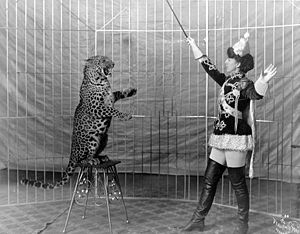Reinforcement vs Punishment
Reinforcement and punishment are two psychological concepts that were introduced by behaviorist B.F. Skinner as part of his theory on operant conditioning. Operant conditioning is a type of learning in which behavior is either strengthened or diminished depending on whether it is followed by a reinforcer or a punisher. Both reinforcement and punishment can be used as tools to shape the behavior of people or animals, but they are often misunderstood or confused with each other.
Key Takeaways
- Reinforcement strengthens behavior, while punishment weakens it.
- There are two types of reinforcement: positive reinforcement (adding a positive stimulus) and negative reinforcement (removing a negative stimulus).
- Punishment also has two types: positive punishment (adding a negative stimulus) and negative punishment (removing a positive stimulus).
What is Reinforcement?
Reinforcement is any event that strengthens behavior. There are two main types of reinforcement: positive reinforcement and negative reinforcement. Positive reinforcement involves increasing behavior by presenting positive stimuli, such as praise, gifts, or food. For example, if you give your dog a treat when it goes to the bathroom outside, you are using positive reinforcement to increase the likelihood of that behavior.
Negative reinforcement, on the other hand, involves increasing behavior by removing negative stimuli. This should not be confused with punishment. For instance, if your mother scolds you for not taking out the garbage, you might start taking out the garbage on time to avoid being scolded. This is an example of negative reinforcement.
What is Punishment?
Punishment is used to decrease the likelihood of an undesired behavior. It can come in two forms: positive punishment and negative punishment. Positive punishment involves adding something negative, such as a fine or a slap, to discourage the undesired behavior. Negative punishment involves taking away something the person or animal likes, such as reducing playtime or TV time, to discourage the behavior.
Extinction is another method used to decrease the likelihood of a behavior. For example, if your child consistently throws their clothes on the floor after school, you might use a “time-out” during their favorite TV show or computer game to encourage them to put their clothes away properly.
Difference Between Reinforcement and Punishment
While punishment is technically a type of reinforcement, the two concepts have distinct differences:
- Reinforcement refers to the stimuli used to increase or decrease the likelihood of a behavior.
- Punishment is a specific type of reinforcement used to decrease the likelihood of an undesired behavior, such as slapping a dog to stop it from scratching furniture.
- Punishment is distinct from negative reinforcement, in which stopping an undesired behavior results in praise or the cessation of an undesired reaction from others.
